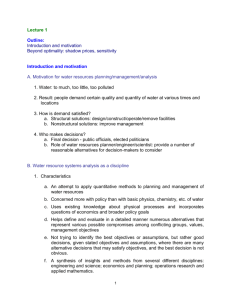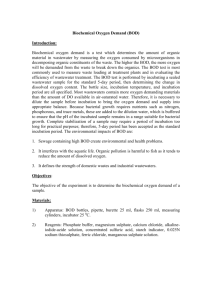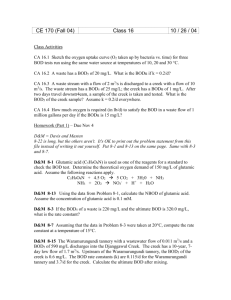DEPARTMENT OF CIVIL ENGINEERING
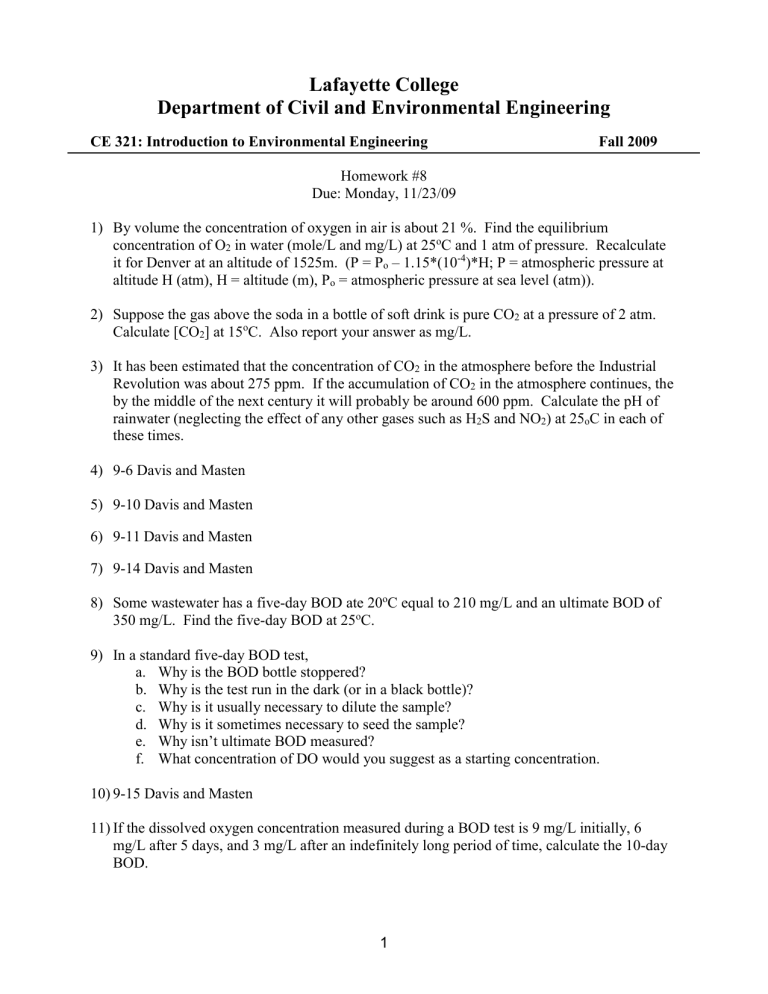
Lafayette College
Department of Civil and Environmental Engineering
CE 321: Introduction to Environmental Engineering
Homework #8
Fall 2009
Due: Monday, 11/23/09
1) By volume the concentration of oxygen in air is about 21 %. Find the equilibrium concentration of O
2
in water (mole/L and mg/L) at 25 o
C and 1 atm of pressure. Recalculate it for Denver at an altitude of 1525m. (P = P o
– 1.15*(10
-4
)*H; P = atmospheric pressure at altitude H (atm), H = altitude (m), P o
= atmospheric pressure at sea level (atm)).
2) Suppose the gas above the soda in a bottle of soft drink is pure CO
2
at a pressure of 2 atm.
Calculate [CO
2
] at 15 o C. Also report your answer as mg/L.
3) It has been estimated that the concentration of CO
2
in the atmosphere before the Industrial
Revolution was about 275 ppm. If the accumulation of CO
2
in the atmosphere continues, the by the middle of the next century it will probably be around 600 ppm. Calculate the pH of rainwater (neglecting the effect of any other gases such as H
2
S and NO
2
) at 25 o
C in each of these times.
4) 9-6 Davis and Masten
5) 9-10 Davis and Masten
6) 9-11 Davis and Masten
7) 9-14 Davis and Masten
8) Some wastewater has a five-day BOD ate 20 o
C equal to 210 mg/L and an ultimate BOD of
350 mg/L. Find the five-day BOD at 25 o
C.
9) In a standard five-day BOD test, a.
Why is the BOD bottle stoppered? b.
Why is the test run in the dark (or in a black bottle)? c.
Why is it usually necessary to dilute the sample? d.
Why is it sometimes necessary to seed the sample? e.
Why isn’t ultimate BOD measured? f.
What concentration of DO would you suggest as a starting concentration.
10) 9-15 Davis and Masten
11) If the dissolved oxygen concentration measured during a BOD test is 9 mg/L initially, 6 mg/L after 5 days, and 3 mg/L after an indefinitely long period of time, calculate the 10-day
BOD.
1
12) The following figure shows a plot of BOD remaining versus time for a sample of the effluent taken from a wastewater treatment plant. a.
What is the ultimate BOD (L o
)? b.
What is the five-day BOD? c.
What is L t
for 7 days?
13) If the BOD
5
for some wastewater if 200 mg/L and the ultimate BOD is 300 mg/L, find the reaction rate constant k (base e) and K (base 10).
14) Suppose some wastewater had a BOD
5
equal to a 180 mg/L and a reaction rate k equal to
0.22/day. It also has total Kjedahl nitrogen content (TKN) of 30 mg/L. a.
Find the ultimate carbonaceous oxygen demand (CBOD). b.
Find the ultimate nitrogenous oxygen demand (NBOD). c.
Find the remaining BOD (nitrogenous plus carbonaceous) after five days have elapsed.
2

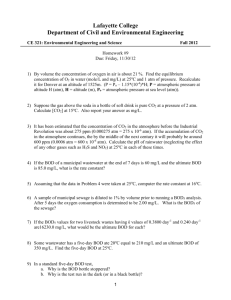

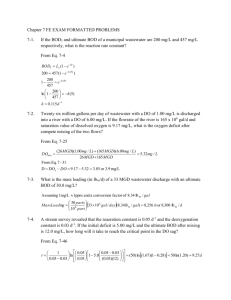
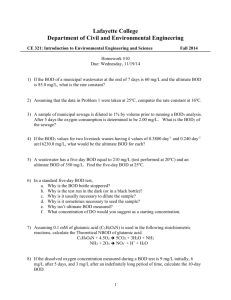
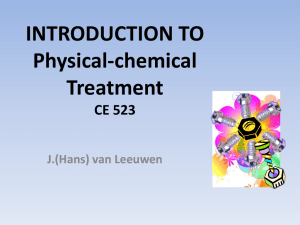
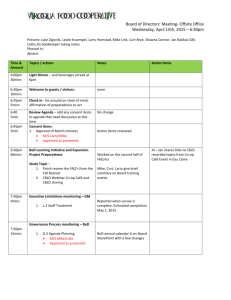
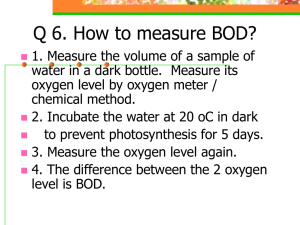
![Crisis Communication[1] - NorthSky Nonprofit Network](http://s2.studylib.net/store/data/005428035_1-f9c5506cadfb4c60d93c8edcbd9d55bf-300x300.png)
